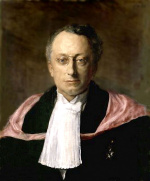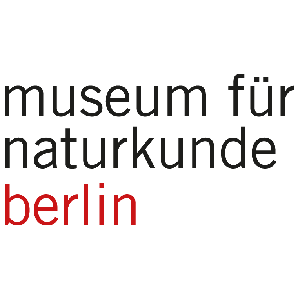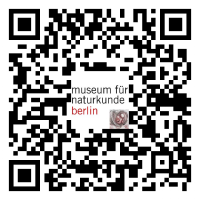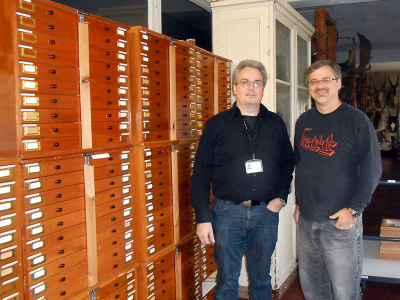DEC Berlin Meeting 2017: Difference between revisions
From Human Embryology
No edit summary |
|||
| Line 18: | Line 18: | ||
* 11.00 Opening - Christiane Quaisser (head of collections) | * 11.00 Opening - [https://www.naturkundemuseum.berlin/en/insights/staff/christiane.quaisser Christiane Quaisser] (head of collections) | ||
* 11.10 [https://embryology.med.unsw.edu.au/embryology/index.php?title=Berlin_Meeting_2017_-_Digital_Embryology_Consortium#Introduction '''Introduction'''] - Mark Hill | * 11.10 [https://embryology.med.unsw.edu.au/embryology/index.php?title=Berlin_Meeting_2017_-_Digital_Embryology_Consortium#Introduction '''Introduction'''] - Mark Hill | ||
Revision as of 18:56, 10 December 2017
Berlin Meeting - Dec 11 2017
Museum für Naturkunde - Leibniz Institute for Evolution and Biodiversity Science
Museum für Naturkunde Seminar Room Z 1108, 1st Floor (number 4 on attached program map)
Organisers - Dr Peter Giere and Dr Mark Hill
Program
Museum für Naturkunde - Leibniz Institute for Evolution and Biodiversity Science Seminar Room Z 1108, 1st Floor
Monday 11 December 11 AM - 5 PM Final Program PDF
- 11.00 Opening - Christiane Quaisser (head of collections)
- 11.10 Introduction - Mark Hill
The Collections
|
Practical Applications Workshop
|

|
Collection/Scanner/Museum - Tour
| 17:00 Museum für Naturkunde - Embryology Collection
|

|
Getting There
Museum Address: Invalidenstraße 43, 10115 Berlin, Germany
- Map - Natural History Museum | Street view
- Nearest station - U Natural History Museum (Berlin)
Main Page | Embryo Collections | Slide Scanning | Image Server | News | Links | Test page | Site Map


